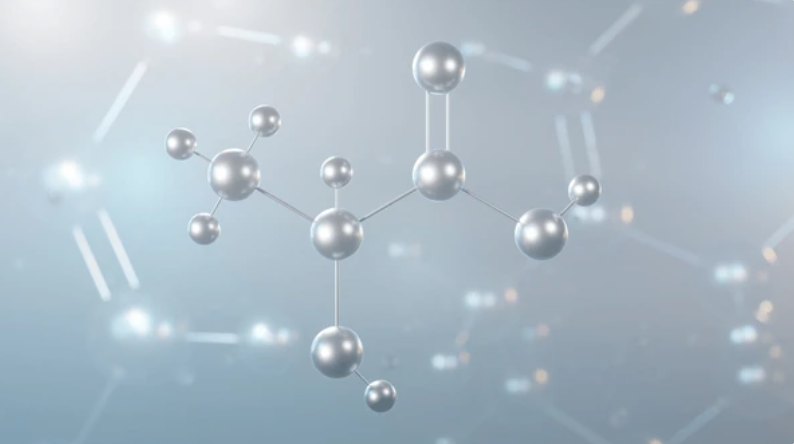
Aging is a natural process that touches every part of us — our bodies, minds, and especially our skin. Our skin serves as a visible marker of time. Over the years, the inevitable passage of time leaves its mark, both in subtle and noticeable ways. Wrinkles, fine lines, and age spots are just a few of the changes that accompany the aging process. But what is really happening beneath the surface? And why does aging affect our skin in such distinct ways?
To answer these questions and explore the science behind skin aging, according to experts their insights not only “shed light” on the underlying mechanisms of skin aging but also offered a broader understanding of how the process reflects on our overall health and how we view ourselves in an ever-younger-obsessed culture.

Not everything that happens to our skin is simply a matter of time.
Skin aging is fundamentally driven by a combination of intrinsic and extrinsic factors. Intrinsic aging refers to the natural biological process that occurs over time, during which the skin gradually becomes thinner, less elastic, and produces reduced amounts of collagen and elastin—key proteins responsible for firmness and flexibility. In contrast, extrinsic aging is triggered by external environmental influences such as sun exposure, pollution, and smoking, all of which can significantly accelerate visible signs of aging.
To meet the many faces of aging, we call on a curated arsenal of skin allies—each crafted to restore, replenish, and renew from within. When the skin longs for water, Hyaluronic Acid arrives — light and vibrant, bringing hydration and a gentle fullness like a breath of freshness (results lasting 6–12 months). When it needs more — structure, confidence, resilience — Calcium Hydroxyapatite steps in, offering firmness like an inner backbone.
For those who seek longevity and contour (results lasting up to 18 months), PMMA Microspheres quietly create a lasting and reliable architecture beneath the surface.
Polylactic Acid doesn’t just fill, it awakens. It gently stirs the skin’s memory, encouraging it to rebuild youth from within. The change is subtle, unfolding with time — but lasting in all the right ways (last up to 2–3 years).
At the core of every true transformation lies one vital component: collagen.
It’s the structural protein that gives skin its firmness and smoothness. But as we age, its production begins to decline — starting in our late 20s and accelerating significantly by our 40s.
With less collagen, the skin gradually loses its structure and support, paving the way for sagging, wrinkles, and fine lines to take hold.
Collagen acts as the framework that holds youthful skin together—providing firmness, elasticity, and smoothness. But as we age, its production begins to decline — starting in our late 20s and accelerating significantly by our 40s. With less collagen, the skin gradually loses its structure and support, paving the way for sagging, wrinkles, and fine lines to take hold.
This is where science meets subtlety. While some treatments offer immediate volume or visible lift, the new wave of regenerative aesthetics works on a deeper rhythm—one that speaks to the skin’s own memory. Rather than replacing what’s lost, these innovations gently remind the skin how to restore itself from within.
In this quiet revolution, Polylactic Acid plays a unique role, initiating collagen synthesis gradually yet meaningfully. And among the latest formulations, there are those designed not only for performance but for harmony—with skin biology, with time, with you. Neotiva PLA B12 represents this next chapter: an invitation to awaken what has always been there, waiting to return. It’s a newly designed product in the aesthetic industry with proven performance and insignificant swelling in comparison with analogs.

In a world chasing youth in reverse, Neotiva PLA B12 invites us to move forward slowly— to age with intention, with confidence, and with skin that reflects care and vitality.
Want to know more about Neotiva PLA B12?
Here is some detailed information for the most curious readers.










